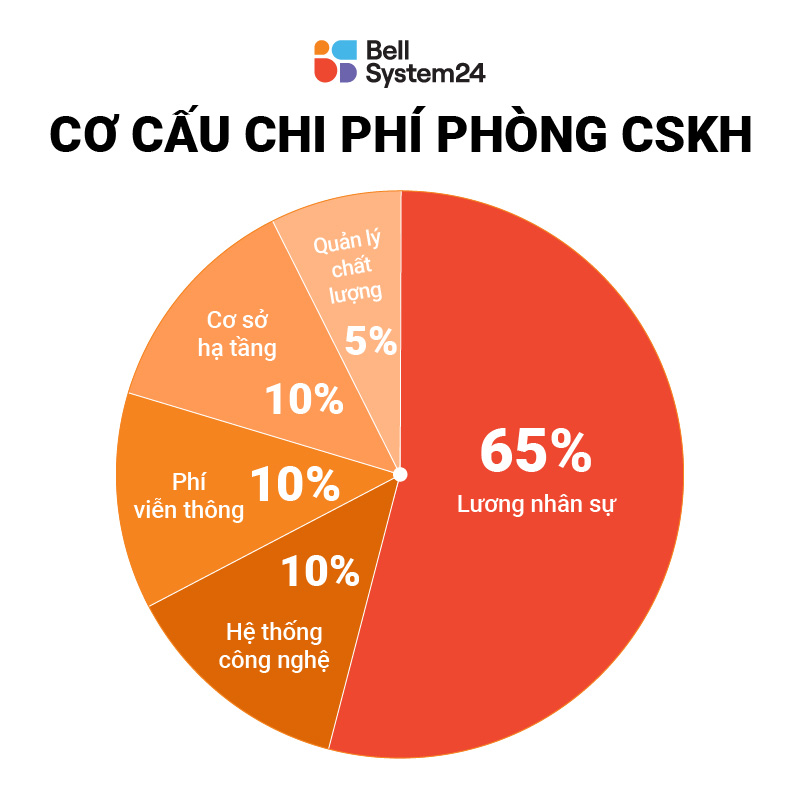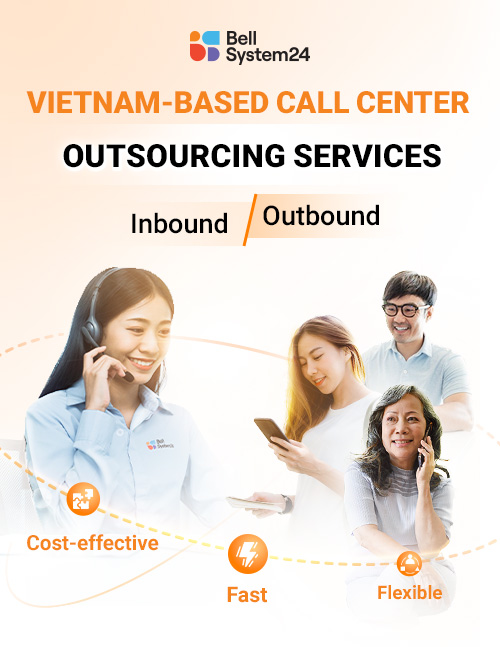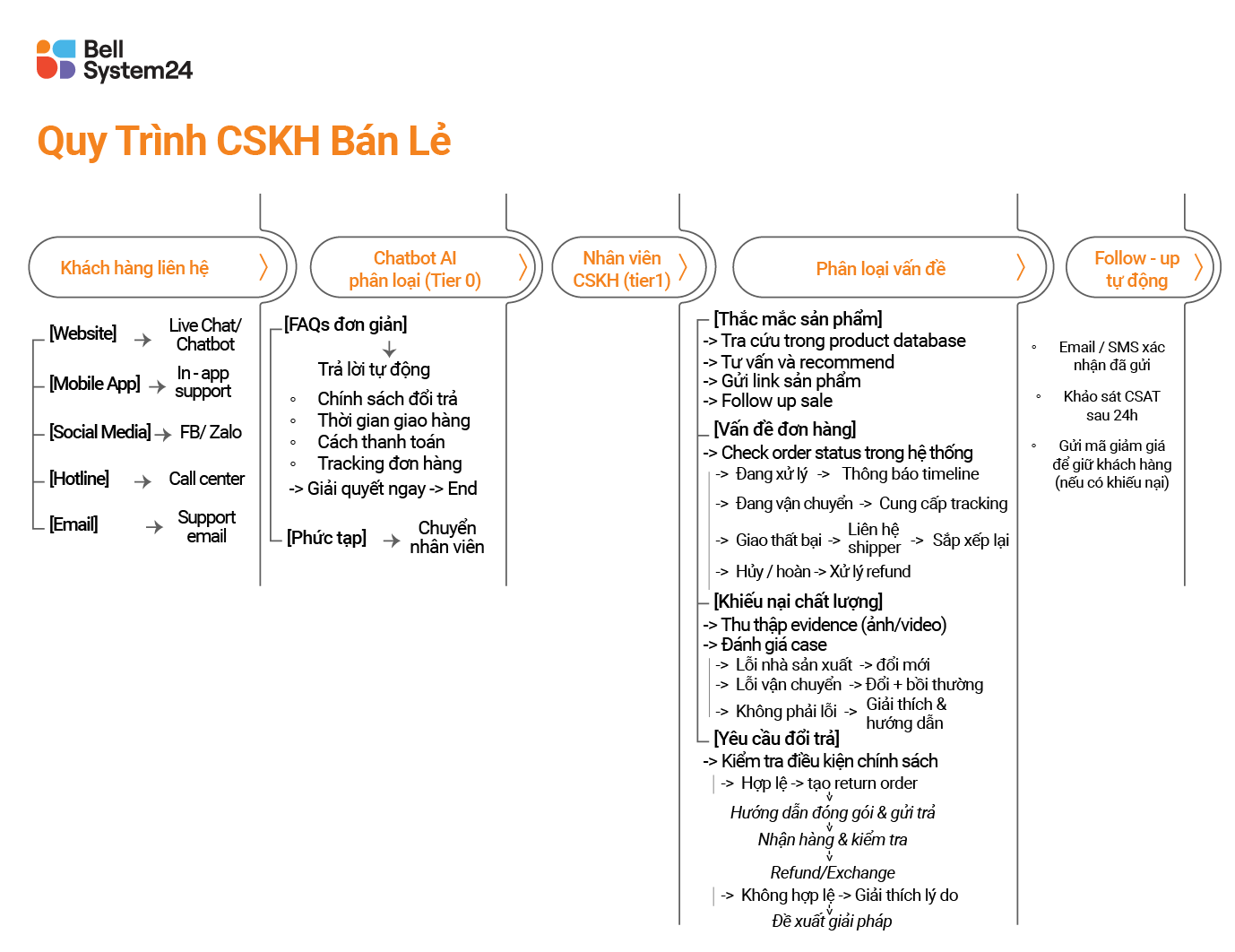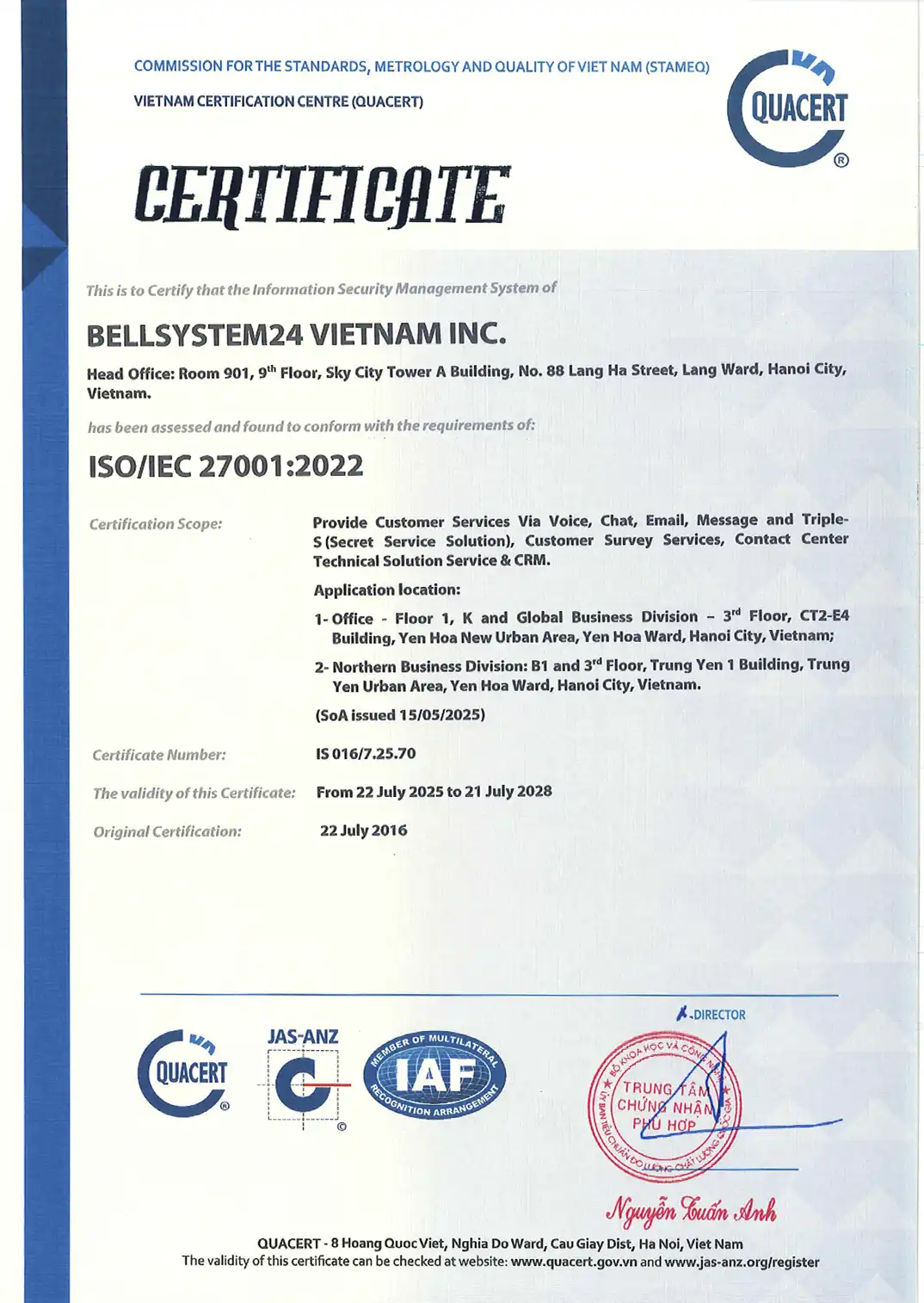In an increasingly competitive economic environment, optimizing operating costs call center has become a top concern for many businesses. However, the question is how to cut costs while maintaining customer service quality?
The reality is that many Vietnamese businesses are making a serious mistake by viewing call centers as nothing more than cost centers. They often resort to temporary cost-cutting measures such as reducing staff, lowering salaries, or using outdated equipment. The result is a decline in service quality, dissatisfied customers, and ultimately, a drop in revenue. This is precisely why a strategic and systematic approach is more important than ever.
Understanding Call Center Cost Structure – The Foundation for Every Decision
Before seeking ways to reduce costs, businesses need to understand the cost structure of a call center. The largest expenses include:
-
EmployeesSalary, insurance, allowances, bonuses.
-
Technology & InfrastructureCall center, CRM software, AI chatbot, data transmission, maintenance.
-
Training & Quality ManagementRecruitment, training, performance monitoring.
-
OperateElectricity, water, premises, office equipment.

Typically, personnel costs account for the largest proportion, ranging from 60-70% of total operating costs. This figure is not random but reflects the labor-intensive nature of the customer service industry.
To illustrate further, consider a call center with 100 employees. If the average salary is 8 million VND/month, the personnel cost will be 800 million VND/month. Add to that allowances, insurance, and bonuses (approximately 30-40% of the average salary), and total personnel costs can reach 1.1 billion VND per month. This figure does not include recruitment, training, and replacement costs for employees who leave.
Technology costs, although accounting for a smaller proportion (15-20%), have a significant impact on operational efficiency. An outdated call center system can double call handling time, requiring more staff to handle the same workload. This explains why many experts recommend viewing technology costs as an investment rather than an expense.
How to reduce operating costs while maintaining service quality
1. Application of technology – a "lever" to reduce long-term costs
A common misconception is that investing in technology is expensive. In reality, if you choose the right solution, technology is a long-term investment that pays off.
An IBM study shows chatbot It can handle 80% basic queries such as checking account balances, looking up order information, or providing product usage instructions. This means that instead of needing 10 employees to handle 1,000 simple calls, the business only needs 2 employees to handle the remaining 200 complex calls.
However, deploying chatbots is not "plug and play." Many businesses fail because they lack a clear strategy. The key to success lies in accurately identifying the tasks that are suitable for each type of technology.
2. Optimize workflows
An optimized workflow can significantly reduce operating costs, but this requires scientific thinking rather than emotional decision-making. Consider this case: An insurance company noticed that the average claim processing time was 15 minutes. After detailed analysis, they discovered that employees had to open five different systems to complete a transaction, with each login taking about 30 seconds. Simply integrating these systems reduced processing time to 12 minutes, equivalent to a 251% increase in productivity.
Standardizing interaction scripts also needs to be done scientifically. Instead of creating rigid scripts that make employees sound like robots, businesses should build flexible frameworks with open-ended and closed-ended questions appropriate for each situation. For example, instead of requiring employees to say exactly "We apologize for the inconvenience," they can be instructed on how to express empathy in a more natural and sincere way.
4. Smart training
Employee training also needs to be revolutionized. A well-trained employee can:
-
Resolve the request on the first callFCR high).
-
Reduce processing time (AHT low).
-
Avoid causing misunderstandings that lead to callbacks.
Traditional training models with teachers standing in front of the class lecturing are not only costly but also ineffective. Instead, e-learning platforms can provide content that is personalized according to the level and learning speed of each employee. Microlearning – learning small portions in short periods of time – has been proven to be more effective than traditional long courses.
5. Flexible human resources strategy
Instead of maintaining a fixed full-time workforce, many businesses are shifting to a flexible staffing model. However, this decision should be based on specific data rather than intuition.
Consider the case study of an e-commerce company: They discovered that 40% of call volume was concentrated between 7 p.m. and 10 p.m. (after working hours) and on weekends. Instead of hiring full-time employees to work the evening shift, they recruited students to work part-time at a salary 20% higher than the base rate. The result was a 30% savings in personnel costs while still ensuring service quality.
The work-from-home model also offers significant benefits but must be implemented correctly. Research from Stanford University shows that remote workers are 131% more productive and have a 50% lower turnover rate. However, this is only true when there is a suitable management and monitoring system in place. Businesses need to invest in collaboration tools, establish clear KPIs, and create a positive remote work culture.
6. Leverage data to make decisions
In the digital age, data is the key to optimizing costs, but many businesses still make decisions based on gut feelings rather than evidence-based approaches. This is like driving at night without headlights – you might get lucky and reach your destination, but the risks are very high.
Predictive analytics can help forecast call volume with up to 95% accuracy. This not only aids in workforce planning but also enables the prediction of issues before they occur. For example, if the system detects an anomaly in the number of complaints about a specific product, the business can proactively contact customers and resolve the issue before it spreads.
Speech analytics is a technology that is being applied more and more widely. Instead of relying solely on random factors to evaluate call quality, speech analytics can analyze 100% calls and automatically detect keywords, emotions, and behaviors. This not only helps ensure quality but also provides insight into the real needs of customers.
Customer journey analytics helps understand the customer journey through different touchpoints. This information is invaluable in optimizing processes. For example, if data shows that 70% customers call after visiting the website but cannot find the necessary information, the business can improve the website to reduce unnecessary calls.
Outsourcing – a cost-effective shortcut that also improves quality
Not every business has the budget and capacity to maintain an in-house call center. Outsourcing helps:
-
No initial investment costs for infrastructure, technology.
-
Professional human resources approach has been formally trained.
-
Flexible scale: easily expandable or scalable according to market demand.

With years of experience in the customer service industry, Bellsystem24 Vietnam understands the challenges businesses face in balancing service quality and operating costs. We are not only the leading call center service provider in Vietnam, but also a strategic partner that helps businesses completely transform their approach to customers.
Bellsystem24 Vietnam has helped over 200 businesses optimize operating costs by 25-40% while maintaining a Customer Satisfaction rating above 95%.
We believe that the future of call centers is not about "low cost" but rather "smart operations." Investing in the right technology, people, and processes will yield a much more sustainable ROI than temporary cost-cutting measures.
The journey to optimization is a marathon.
Reducing call center operating costs requires a comprehensive and long-term approach. Successful businesses are not the companies that cut costs the most, but rather the organizations that know how to invest wisely to create sustainable competitive advantages.
By leveraging technology, optimizing processes, implementing flexible human resource management, and utilizing data intelligently, businesses can fully achieve their cost reduction goals while maintaining, and even enhancing, customer service quality. Most importantly, they must adopt the right mindset: viewing the call center not as a "cost center" but as a "profit center."







